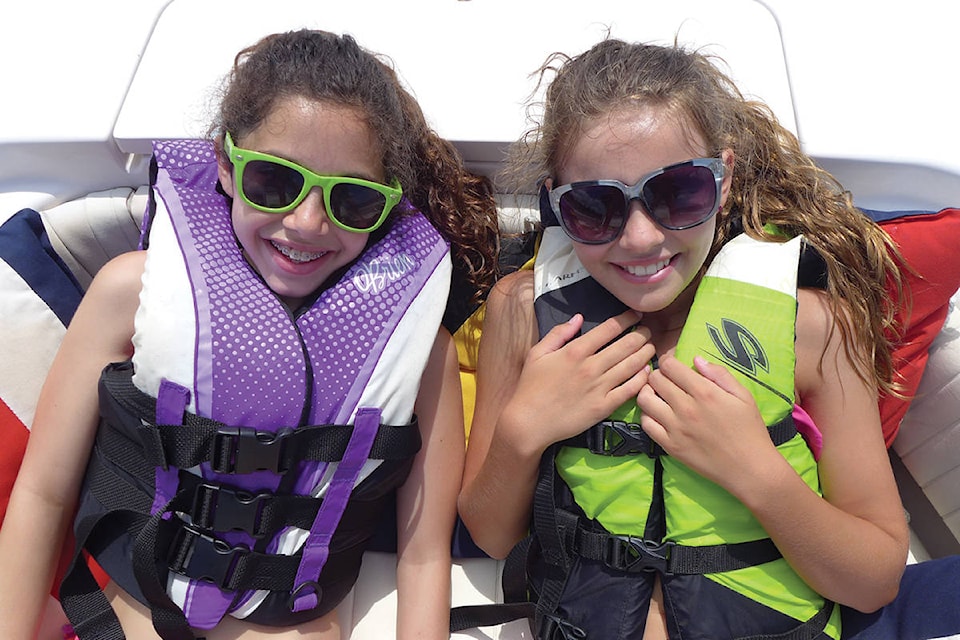BY RYAN MASSON
It’s safe boating week. It’s also the time of year to get ready for summer boating season. This is a fun and rewarding pastime, but if you are unprepared it can quickly become dangerous. Every year the Canadian Coast Guard responds to an average of 6,000 boating incidents, and there are approximately 470 drowning deaths. Before you go out it is important to ensure that you are ready.
Here are five tips to help you stay safe on the water this summer:
Wear a life jacket/PFD
You may think that PFDs and life jackets are recommended to protect people who can’t swim. But they are designed to protect everyone from the effects of cold water. In B.C. 90 per cent of people who have died in open water drownings were not wearing a life preserver, drowned within 10 minutes of falling overboard, and were less than three metres from safety. With an approved life jacket, you can survive two hours in zero-degree water before dying of hypothermia. Wear a comfortable life jacket at all times while out on the water.
Have the right gear
Things can go wrong when you least expect it; you should always be ready with the right equipment. The requirements vary depending on your boat’s size and type; confirm what is needed for your vessel (Visit www.boatingbc.ca).
I never go boating without a life jacket for each person on board, a buoyant heaving line, a paddle or anchor, a bailer, a whistle, a magnetic compass, charts or a GPS, a flashlight, flares and a VHF radio.
Check your boat
Here is a sample checklist for your boat:
- Documentation: boating, radio and fishing licences and vessel registration.
- Tool kit: spare parts, fuel filters, spark plug, tools, spare lightbulbs and batteries.
- Battery check: ensure they are fully charged. Don’t run them down with electronics with the engine off.
- Sufficient fuel and oil.
- Engine, radio and equipment is all working and maintained.
- Food, snacks and water.
Route plan
It’s amazing what smart phones can do these days. I can navigate with the Navionics app, get weather updates from Environment Canada, and contact the coastguard by dialling *16. But you should never rely solely on your phone. Batteries die and they can be lost overboard.
Always plan where you are going and check the weather, tides and currents. Tell someone your plan, how many people are with you, and when to expect you back. Carry a compass and a chart or cruising guide. Check the marine forecast before you go and listen to the weather channels on your VHF for updates. Have something other than a cellphone to call for help.
Get trained
In 82 per cent of boating accidents that resulted in injury or death, the operators had no training. Getting your pleasure craft operator card is a good start, but you should regularly refresh and expand your knowledge. Becoming proficient is radio use, navigation, docking and understanding marine weather is not easy.
There are organizations and schools all over British Columbia that offer various boating courses that can help you become safer at sea.
Ryan Masson is captain and owner of Safer Ocean Systems Ltd.
